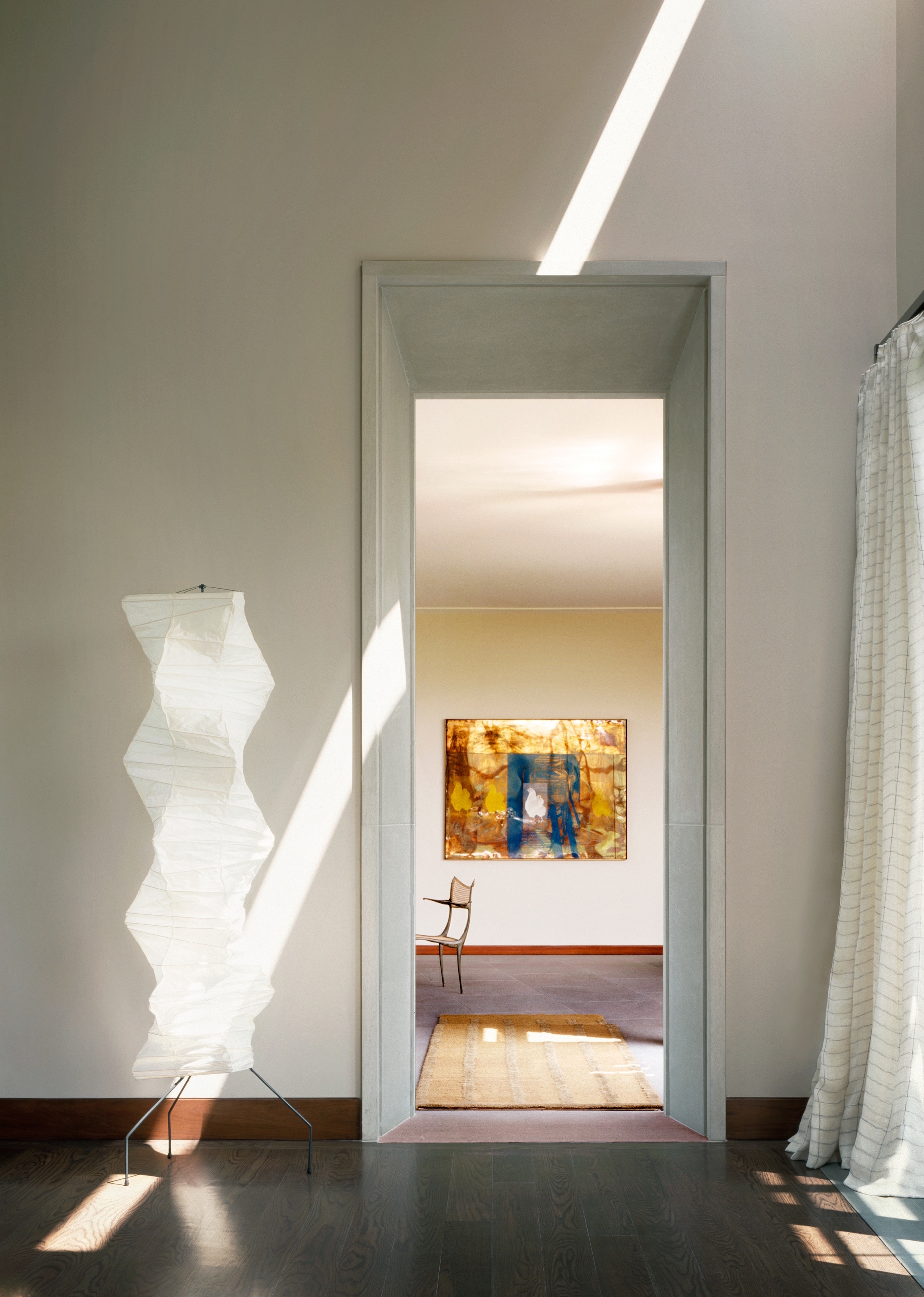
“When I was a young designer, every photo shoot with my mentor, Joseph D’Urso, was a master class in the art of framing a view. Photography, as he saw it, should aim beyond merely documenting the appearance of a finished work: “Construct an image to relive the intentions that moved you to make it.” Joe had me peer through the camera lens and study Polaroid test shots, a must in those pre-digital days, to gauge how even the subtlest rearrangement of objects within a specific field of vision—“An inch more table here . . . less water in that vase”—can reveal powerful relationships within a room.
“The eye, I learned, has emotions, but the hand needs a steady frame of reference if it is to communicate intensely personal feelings and elicit a response from others. “Frame of mind,” as Joe taught me, can be far more than a figure of speech. This was a lesson that, centuries earlier, an artist like Johannes Vermeer might have conveyed to his pupil through the mirrored microcosm of a camera obscura.”